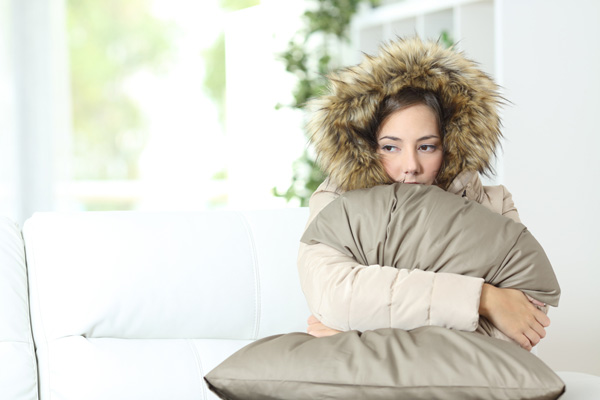
According to the US DOE (Department of Energy), the ideal thermostat setting for winter is 68°C Fahrenheit. At this temperature, the HVAC system can still maintain enough heat to avoid freezing the pipes while maintaining a comfortable environment indoors. This prevents any risk of hypothermia or using too much energy. However, it is also critical for the heating system to be able to generate even and constant temperature in every room in the home. If you experience uneven heating in house, you are likely to try to fix the discomfort by adjusting the thermostat accordingly. This, inevitably, will lead to increased energy consumption and even more discomfort. However, it will not fix the uneven indoor temperatures.
Causes For Uneven Heat Distribution Throughout Your House
There are several reasons why certain areas of your home are being heated unevenly. These are:
Incorrect Furnace Size
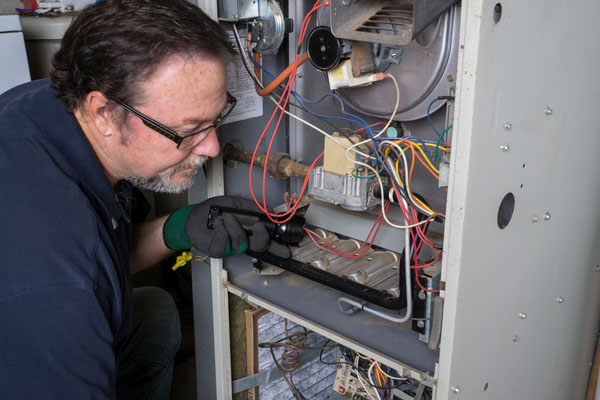
If your home furnace is too small, it will have to overcompensate to keep your home warm. This means that it will have to work harder to generate enough heat for a longer period of time. This overcompensation causes stress to the system and will not fix the problem with uneven heating.
An oversized system, on the other hand, will generate more heat than necessary, causing more discomfort. It will also trigger the thermostat to shut down far earlier than it should, which could cause the system to fail. This is also known as short cycling.
To prevent these problems from happening, choose a furnace that is the right size and capacity for your home. This will ensure comfort and even temperature inside your home. It will also help reduce heating costs, according to the NREL (National Renewable Energy Laboratory).
Let’s take a look at how sizing matters. A furnace that has an output capacity of 30,000 BTUs can effectively heat a 1,000 sq. ft. home. But it does not end there. There are other factors other than the indoor area that determine the perfect furnace size for the home. To find your perfect match, your HVAC contractor will have to perform what is known as a Manual “J” Load calculation. This will help determine the correct furnace size for your requirements.
Furnace Maintenance
The ASHRAE (American Society of Heating, Refrigeration, and Air Conditioning Engineers) recommends a furnace that has a minimum of 78% AFUE (Annual Fuel Utilization Efficiency) to be able to perform optimally. If the system was not maintained regularly, its performance will drop significantly. Eventually, it will fail to produce heat to sufficiently keep your home comfortable. Timely maintenance will help identify and prevent potential problems in the HVAC system so these can be fixed before they worsen. Schedule an annual inspection with your trusted HVAC contractor. Just make sure that the work is done by a certified and licensed HVAC professional. Ideally, have your HVAC system serviced during early fall or before the cold season.
Uneven Heating Requirements
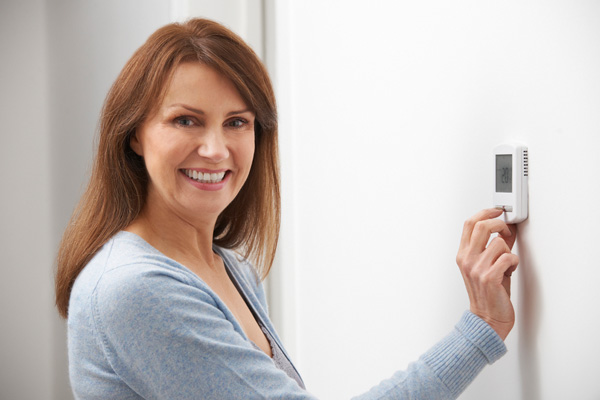
Hot air rises, which means that the rooms upstairs will likely be warmer than the rooms beneath. This means that rooms on the lower levels will need more heat. Uneven heating can also be blamed on the availability of just a single thermostat. An excellent solution for this would be using a zoning system so that every section or zone in your home is comfortable, thanks to the independent thermostats in each zone. This will allow you to set the preferred temperature in each section, which does not affect the temperature in other sections.
Air Leaks
Leaks in the rooms due to cracks, gaps, and openings allow cold air from outdoors to enter. This causes uneven temperatures indoors. Prior to the cold months, try to check doors, windows, the attic, basement, and other areas of the house to determine if there are any gaps or holes that will allow cold air in. In most cases, you could fix the problem yourself by sealing these spots using:
- caulk
- door sweeps
- foam tape
- weatherstrips
- window film
- insulated windows
- door snake
- IGUs (insulated glass units)
Dirty Or Clogged HVAC Air Filters
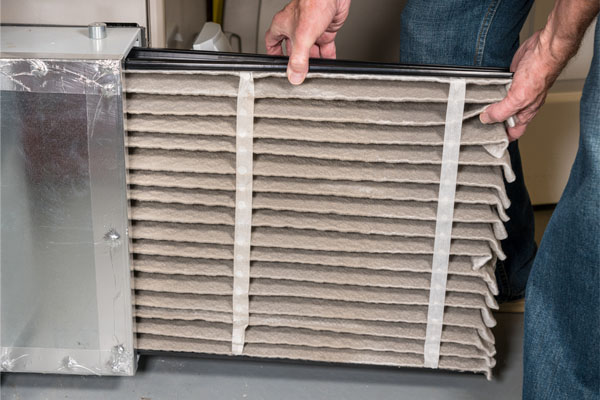
Air filters trap dirt and other particulates from the air before it is distributed into the indoor spaces. Over time, air filters will become clogged with debris. This causes heated air to flow slowly because it cannot penetrate the filter as effectively. When air is obstructed, the furnace system cannot work efficiently, which results in a slow and uneven flow of air. As a result, rooms that are located away from the source of heat will feel cold. To fix this, simply make sure to check the HVAC air filter regularly (at least monthly) and have it replaced or cleaned periodically. This will keep the air filter clean and efficient, especially during the cold months.
Clogged Air Vents
Warm air is distributed through the air vents. If these are blocked, clogged, or closed, there will be an insufficient supply of heated air in the home. Worse, if the vents are blocked or completely closed, the pressure in your ventilation system can increase, which will, in turn increase the risk of a system breakdown. Make sure that the air vents are open, clean, and not blocked by any object.
Air Duct Leaks
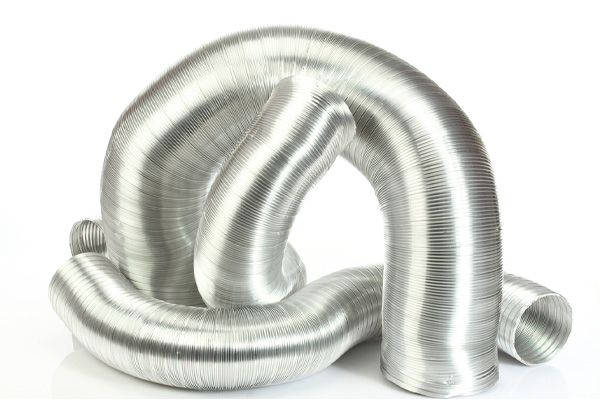 If there are leaks in the air ducts, your HVAC system may not be able to deliver warm air efficiently, especially to the rooms that are far from the furnace. Holes, cracks, and damage to the air vents will cause air to leak. Some of the most common causes of these holes and cracks include:
If there are leaks in the air ducts, your HVAC system may not be able to deliver warm air efficiently, especially to the rooms that are far from the furnace. Holes, cracks, and damage to the air vents will cause air to leak. Some of the most common causes of these holes and cracks include:
- Deterioration of the structure because of old age
- Damage caused by rodents and other small animals
- Structural work damage
- Poor installation
To ensure that there are no air duct leaks, make sure to seal all holes and cracks with caulk and have all damages repaired.
Thermostat Fan Settings
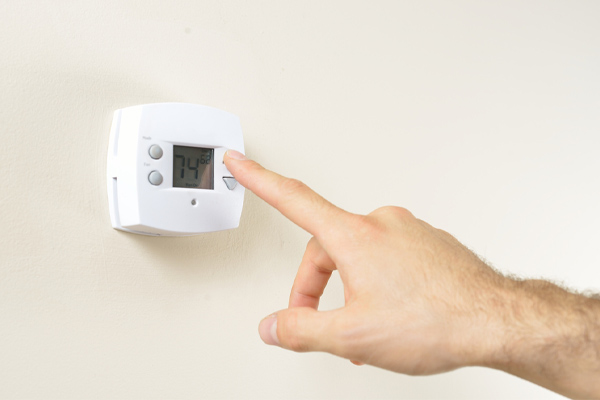
If your furnace fan is set on “auto”, it will distribute warm air only when the furnace generates heat, then stop when the furnace stops. Then it will begin the cycle anew. Due to the frequent starts and stops, you may experience uneven room temperatures. Plus, the fans could become susceptible to wear-and-tear.
You can prevent this by using the “on” setting for the fans. This will ensure continuous airflow indoors. Note, however, that keeping the fans on all the time will consume more energy, so your energy costs will likely go up. You could fix this by using a ceiling fan and setting the blades to turn in a clockwise direction at the lowest setting. This will help distribute the heat and save on electricity.
Conclusion
Uneven heating can cause discomfort and some inconveniences in your home. You may not always be able to fix the problem yourself or perhaps the problem is far more serious than you can manage, so it is important to call an HVAC professional to assist you. Trained HVAC technicians know the equipment well enough to provide you with the best and most appropriate solutions. This will help ensure that any problems are fixed and that serious issues are prevented.
Contact Point Bay Fuel For All Of Your HVAC Needs

Point Bay Fuel offers reliable heating and cooling services in Monmouth and Ocean Counties, New Jersey. We only hire top certified technicians who can provide you with first-rate HVAC services, repairs, installations, and replacements. All our technicians have the knowledge and skill to service your HVAC system properly.
Point Bay Fuel guarantees the cheapest heating and cooling service in the area. We offer maintenance services that can enhance your comfort and energy efficiency while saving you money. We can assist you to get an HVAC repair or replacement unit based on your specific budget. Our services are backed by a guarantee to make sure that our clients are satisfied with our work. To schedule an appointment, contact Point Bay Fuel today. We also offer free, in-home estimations.
Contact us now by calling (732) 349-5059 to speak to one of our home comfort specialists!
The post Why Are My Rooms Heating Unevenly? appeared first on Point Bay Fuel.
No comments:
Post a Comment